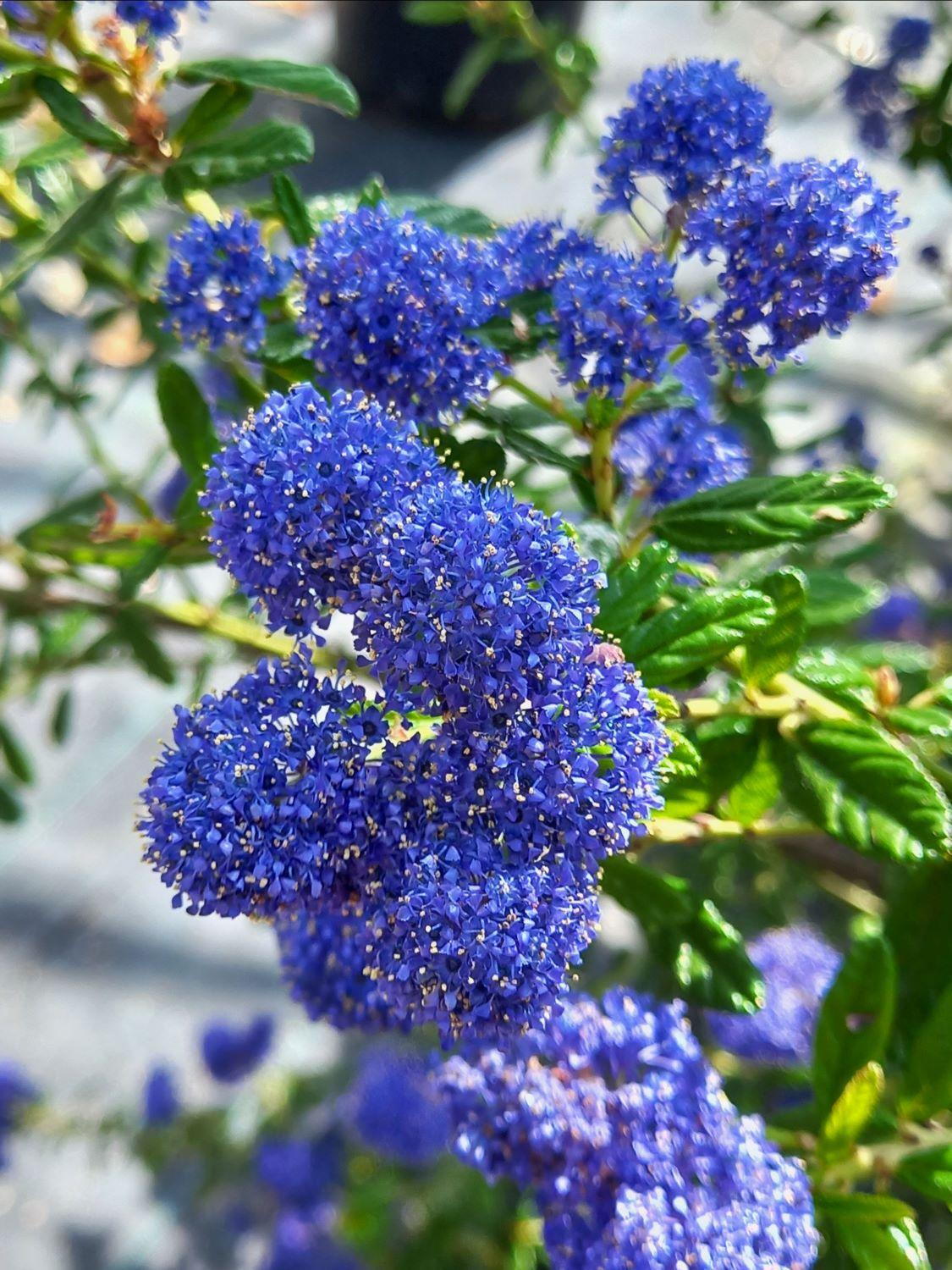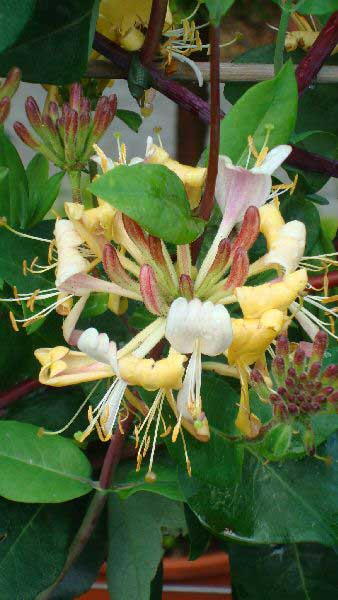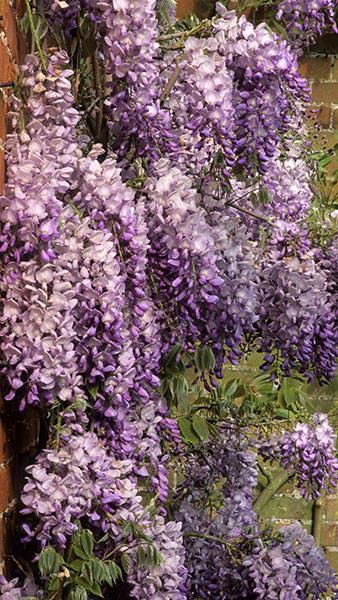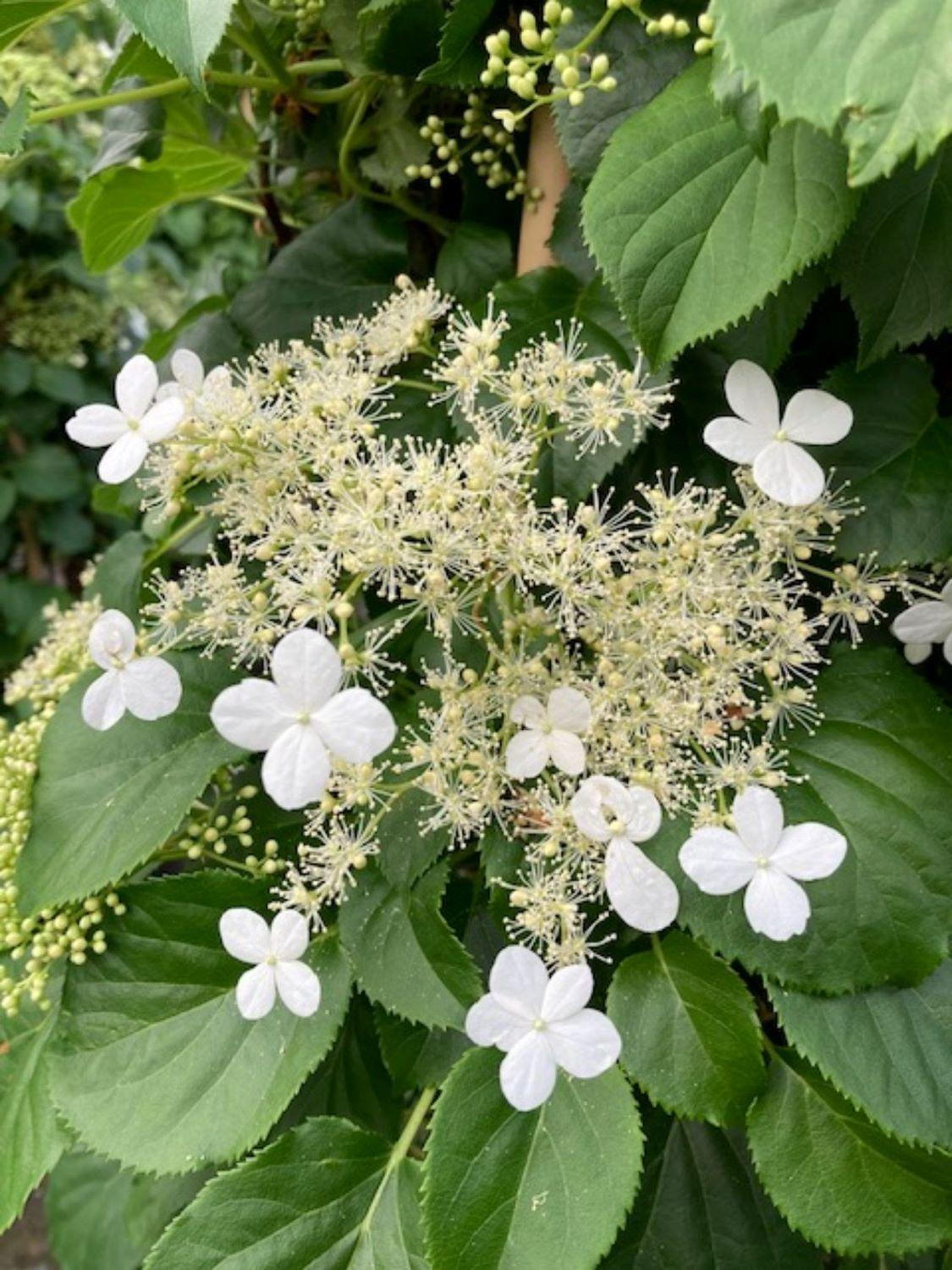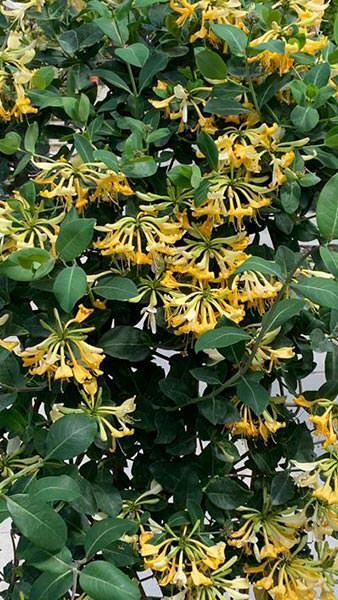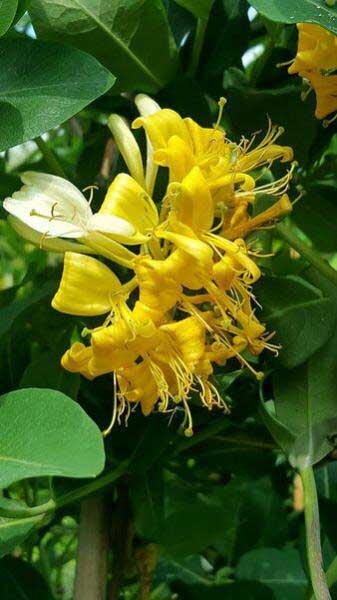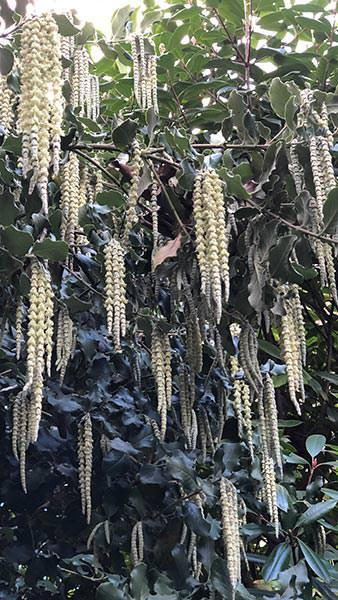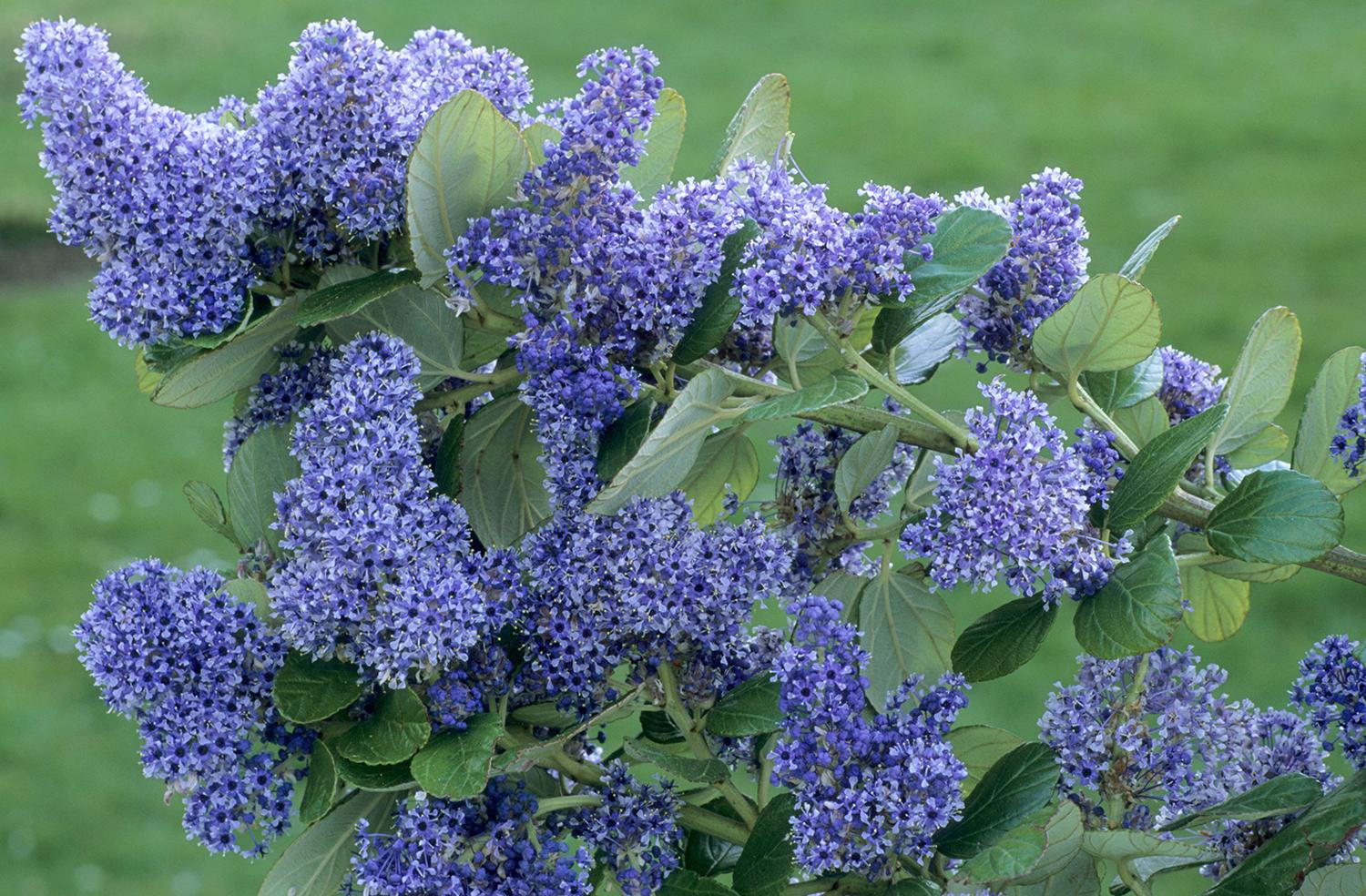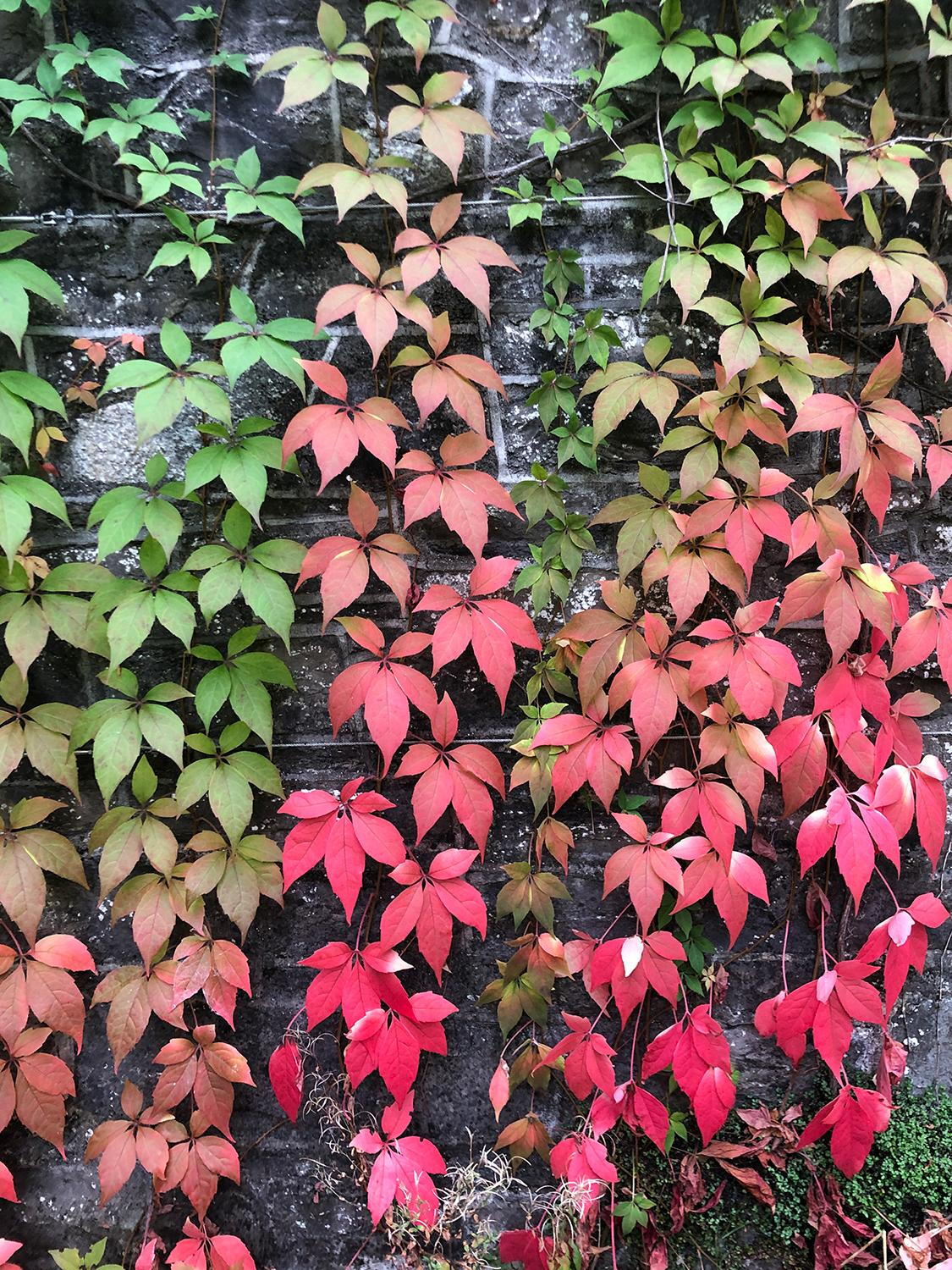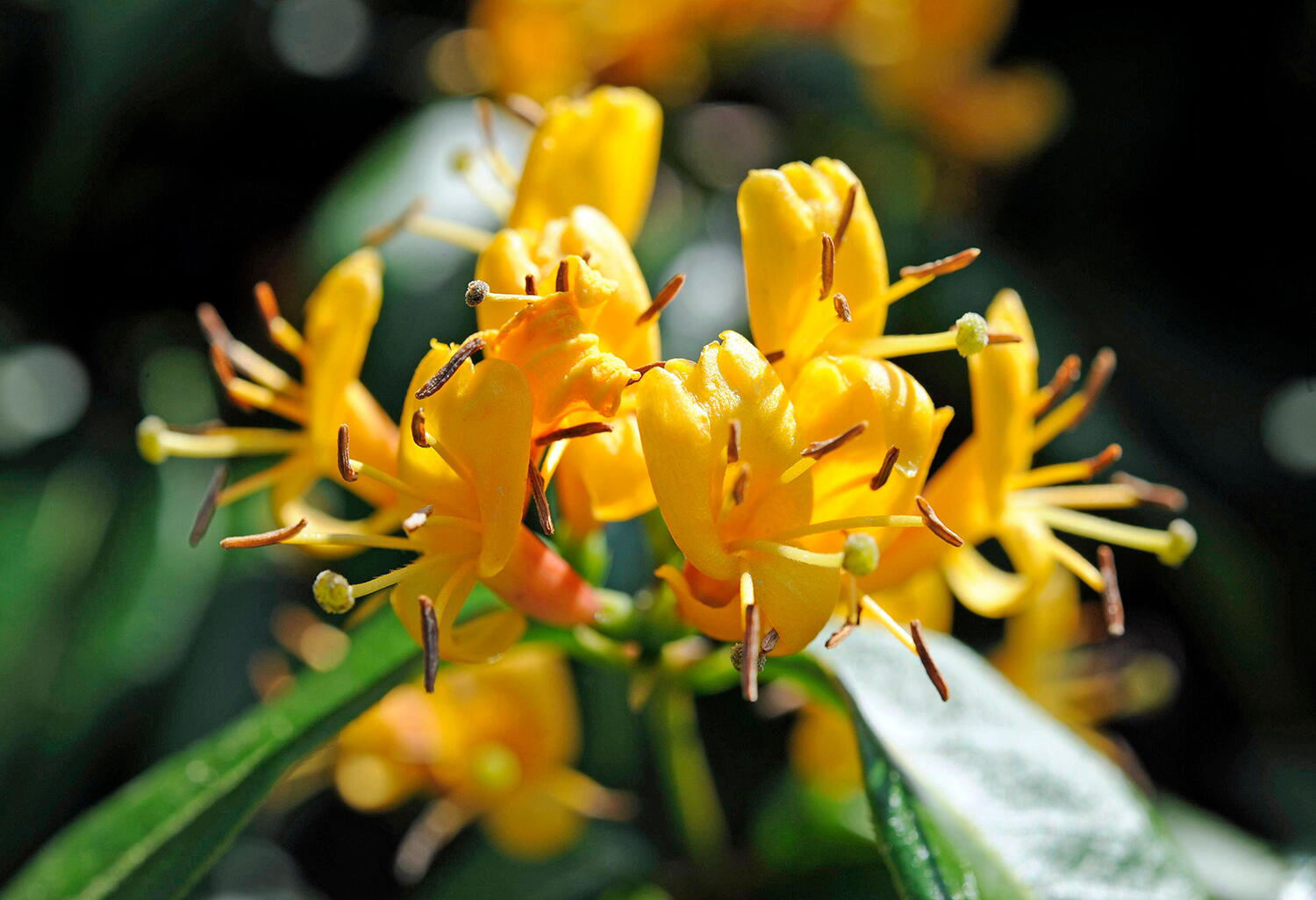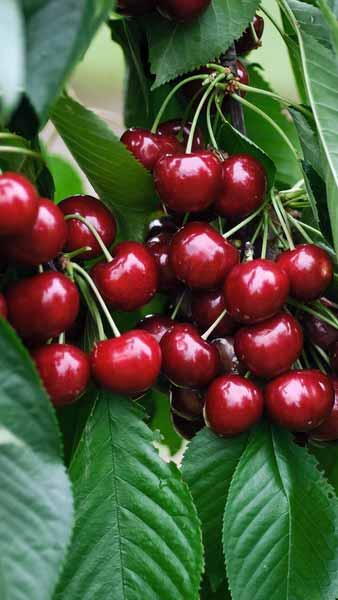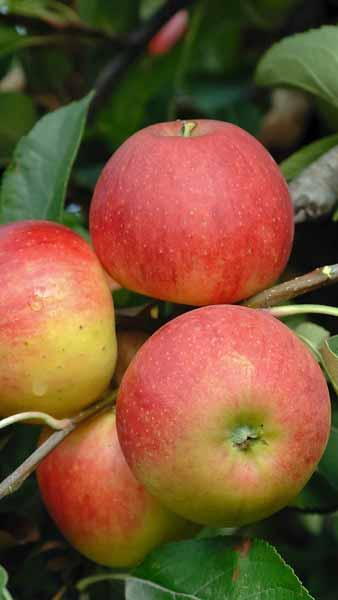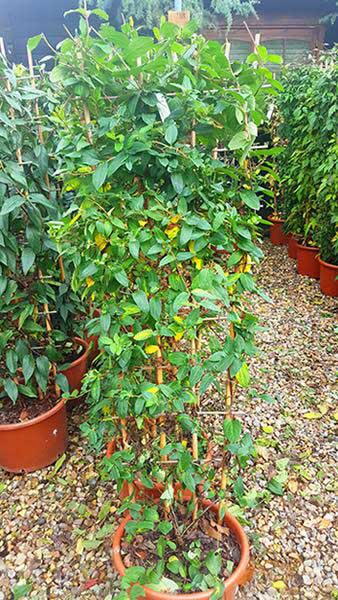Lonicera Japonica Darts World Honeysuckle Darts World Buy UK
Lonicera Japonica Darts World - Honeysuckle Darts WorldTreasured for its sweet-smelling flowers, Lonicera Japonica Darts World, also known as Honeysuckle Darts World or climbing honeysuckle, is a vigorous semi-evergreen climber, a favourite with hummingbirds, butterflies and songbirds. When compared to the other varieties of Lonicera Japonica, Honeysuckle Darts Worlds is one of the most popular - the rich pink shade of the flowers looks really stunning against thick, dark green foliage.From late spring through to late summer, Lonicera Japonica Darts World is heavy with fragrant, deep pink, tubular flowers, fading to peach and blush as the summer passes. The scent of the flowers is luscious and aromatic, which is why gardeners often plant Lonicera Japonica Darts World near the garden’s sitting area, where they can enjoy the unique fragrance throughout the summer. The rich foliage of Honeysuckle Darts World is a perfect backdrop for the stunning blossom - the smooth, ovate leaves in emerald green will remain on the plant throughout the winter. In milder climates, Lonicera japonica Darts World is an evergreen plant, whereas, in harsher climates, this climber is deciduous. Fully hardy in all of the UK, in some parts of Britain and Ireland, where the winters are severe, Lonicera Japonica Darts World will shed its foliage when the temperatures hit below -15 degrees. Even though Honeysuckle Darts World will flower heavily and have a more vibrant foliage in full sunlight, this vigorous climber tolerates partial shade, too. Lonicera Japonica Darts World will thrive in almost any type of soil, as long as it is moist and well-drained. Ideal for growing along a trellis, wall-side or a fence, Lonicera Japonica Darts World also works well as ground cover. Since it’s fast-growing, low-maintenance and relatively pest and disease free, climbing honeysuckle will mature quickly, reaching its ultimate height of 5 metres over a period of 5 to 10 years. Fully grown Honeysuckle Darts World can be up to 1.5 metres wide, but with light early spring pruning, you can shape it according to your own preferences. Some gardeners prefer to grow Honeysuckle Darts World along a framework, in which case you’ll need to place the structure before planting, to avoid damage and allow the plant to form along the frame. However, Honeysuckle Darts World doesn’t have to climb to flourish, so if you’re looking for a plant to form a carpet in your garden, consider Lonicera Japonica Darts World - it will spread fairly quickly and won’t require extensive pruning and cutting like some other ground cover creepers.If you’re looking for more climbing plants with opulent flowers that are easy to grow and maintain, have a look at our other Lonicera Japonica varieties, or other available plants in our Climbers collection.
